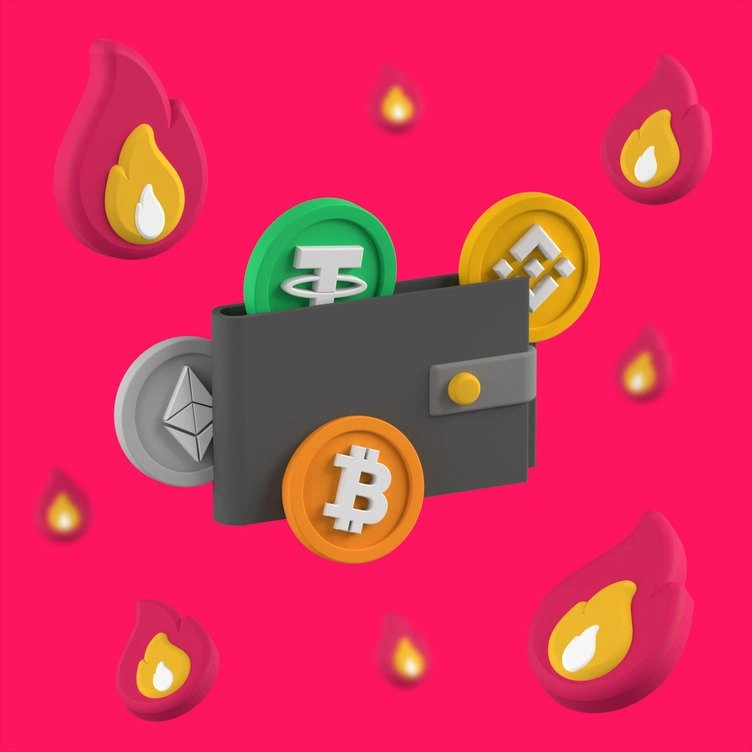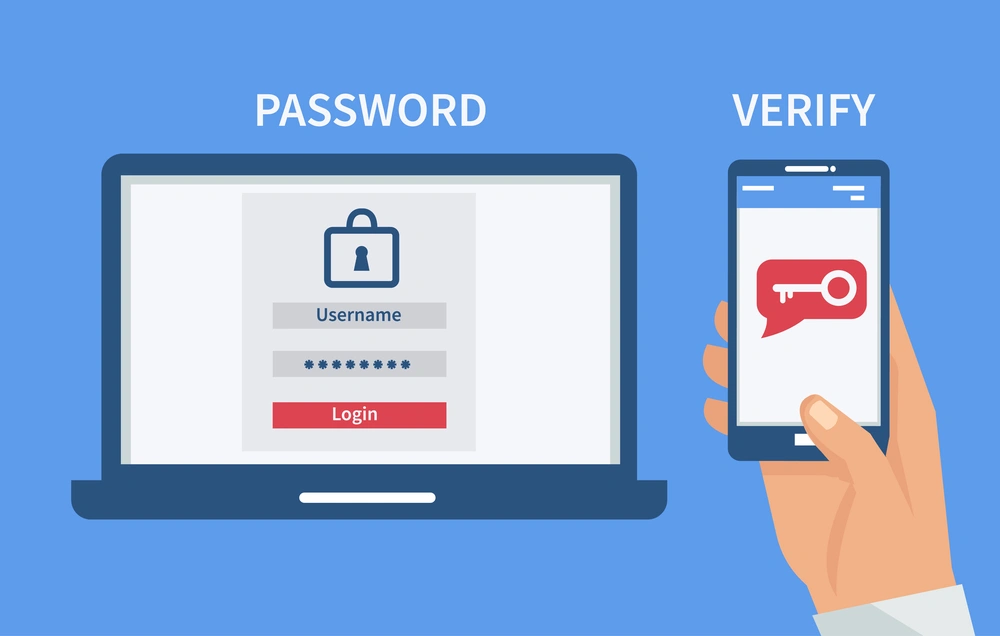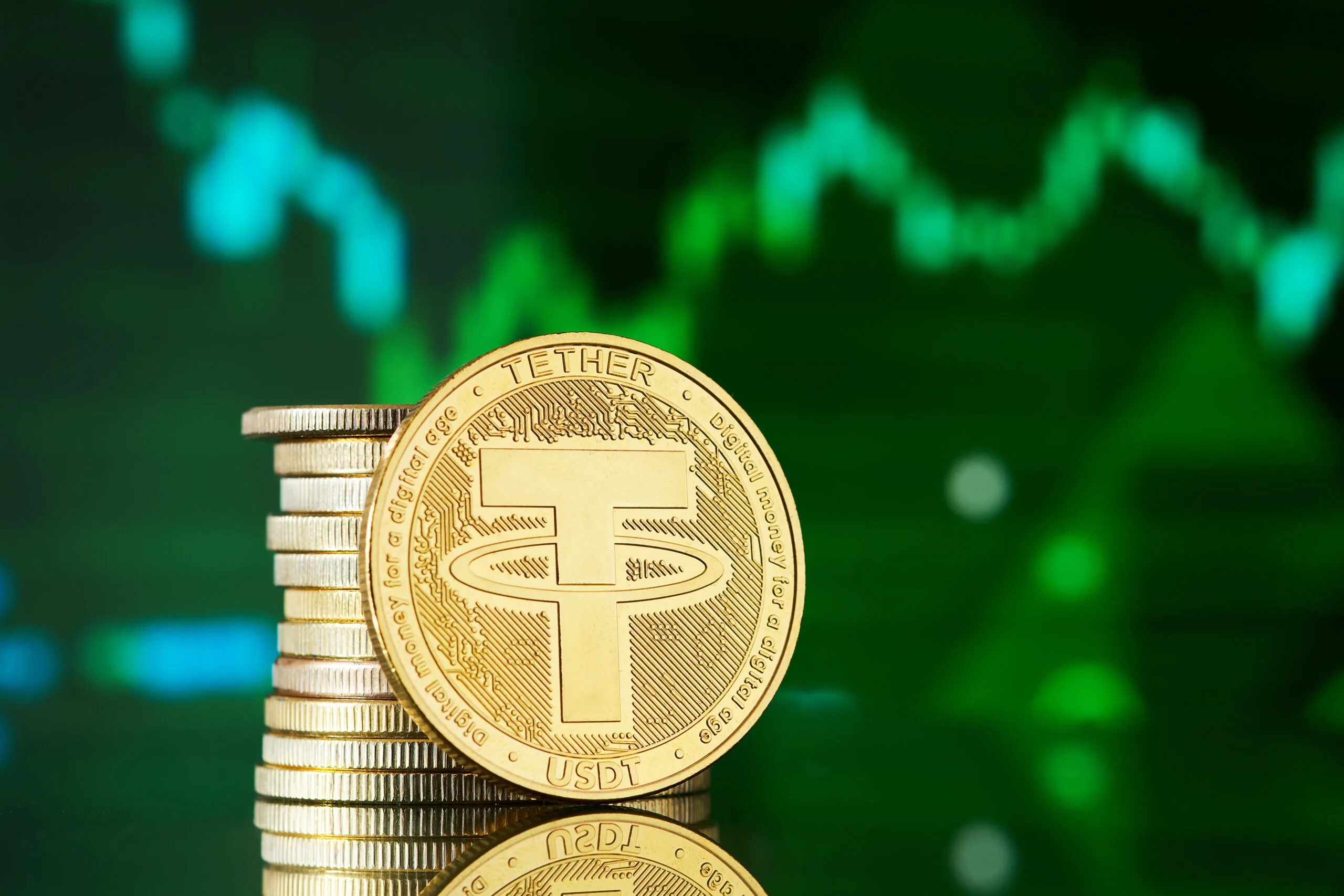Hot vs Cold Wallet: When Marco first dipped his toes into the world of cryptocurrency, he did what most newcomers do—he downloaded a hot wallet app, signed up on a big-name exchange, and figured he was good to go. Fast forward a few months, and the hot vs cold wallet debate would become more than just internet chatter—it would become painfully personal.
Hot vs Cold Wallet: What Is a Hot Wallet, Really?


Back then, Marco didn’t overthink it. A hot wallet was fast, easy, and always ready. He used MetaMask on his browser and kept a chunk of Ethereum on Binance for some DeFi experiments and a few NFT mints.
It made sense. No cables, no keys to lose—just log in and trade. “It felt like I was carrying my bank account in my pocket,” he told a friend later.
But one day, things went sideways. A sketchy link, a moment of distraction—and just like that, Marco’s wallet was drained. In minutes, his crypto vanished. He later found out it was a phishing site made to look exactly like a DeFi app he trusted.
Convenience had come at a steep cost.
Cold Wallets: The Hard-Learned Lesson

After the loss, Marco dove deep into the world of cold wallets. He bought a Ledger Nano and printed out backup recovery phrases like a man on a mission. No more internet exposure, no more blind trust.
Cold wallets, he learned, were offline devices that kept his keys away from prying eyes. It felt like overkill at first—manually confirming transactions, plugging in cables, double-checking addresses—but after what happened, the extra effort felt justified.
“They’re not built for speed,” Marco joked once. “They’re built for sleeping better at night.”
Still, he admitted it wasn’t perfect. One morning he couldn’t remember where he’d stashed a backup phrase, and for a few panic-filled hours, he feared he’d locked himself out. Lesson: cold wallets are only as secure as your habits.
Hot vs Cold Wallet: Marco’s Takeaway

So, where did Marco land in the hot vs cold wallet debate?
Not surprisingly, somewhere in the middle.
He started using a hybrid method: a small stash of crypto in his hot wallet for daily use—trading, minting, testing things out. The bulk of his holdings went into his cold wallet, far from hackers, isolated like digital treasure in a vault.
Marco often said:
Use hot wallets if:
- You’re moving crypto often
- You love NFTs and DeFi
- You value speed over maximum protection
Use cold wallets if:
- You’re in it for the long haul
- You’re sitting on a sizeable amount
- You prefer “paranoia over problems”
Security Myths & Marco’s Missteps


Marco shared his story often, hoping others would avoid the same pain. His tips?
- Don’t assume hot wallets are “bad”—just know the risks
- Always double-check links and URLs
- Store your recovery phrases in more than one place (but not on Google Drive)
- Turn on 2FA—everywhere
And most importantly? “Don’t get cocky. Crypto rewards curiosity, but it punishes carelessness.”
Final Thoughts: Hot vs Cold Wallet—It’s Your Journey
Marco’s story isn’t rare—and that’s the point. For every tweet about million-dollar gains, there’s a quiet story of loss.
So in the end, the hot vs cold wallet debate isn’t about one being “better.” It’s about knowing yourself: your habits, your goals, your limits. Use what fits your rhythm—but use it wisely.
Because unlike regular finance, crypto doesn’t offer many do-overs. The tech might evolve, the wallets might get smarter—but your best defense is still caution, a little education, and—maybe—someone else’s hard-earned lesson.
Relevant news : HERE




